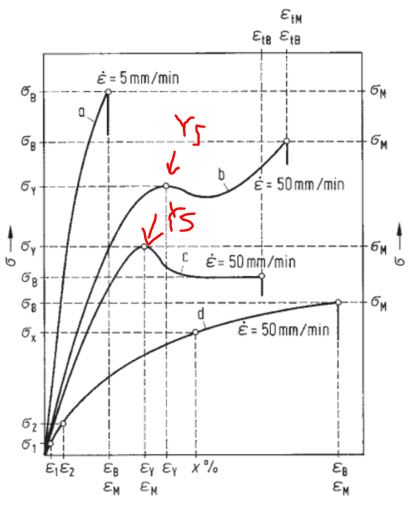First, don't even try to understand polymers by comparing them to metals. These are two entirely different material families with entirely different atomic structure, different bonding, different everything. You will only confuse yourself and suffer irreparable brain damage. Second, a tensile test of any material, but especially of polymers, does not find the yield point. It finds a point were an acceptably small amount of yield may have taken place, and loading beyond that point will result in rapid increase of an unacceptable amount of yield. The tensile test is an idealization. It is imprecise, but still useful.
So, regarding your question. When you have reached the "yield point", it is likely some small amount of yielding will may have taken place. It is probably irrelevant to your situation. Some of it may recover. How much depends on many things. What material? What degree of crystallinity? How was it processed. What is the strain rate? The point where the slope hits zero represents the formation of a stable neck in the specimen. Gross yielding follows, and that is typically not irrelevant.
The yield point derived from the point where the slope goes to zero is a reference point. You may not want to go near it, probably should not go near it. Its useful for comparing materials.
Something to think about. Yield and creep in polymers are the same process. Small load applied for a long time, the shape changes. Big load for a short time, the shape changes. Same process, different time scale. It is a little more complex than that, other factors do weigh in. Small load applied for a long time produces creep, but the long time also may mean plasticizer loss, oxidation, physical aging, etc. will add to it. Big load applied fast (real fast) may result in brittle fracture. And none of this may matter to you depending on what your part is, what its made of, and how its loaded.
Rick Fischer
Principal Engineer
Argonne National Laboratory


